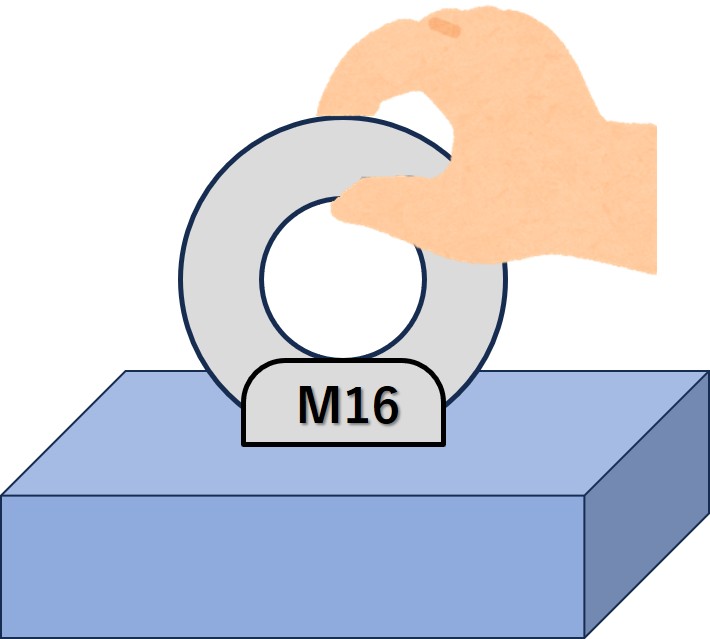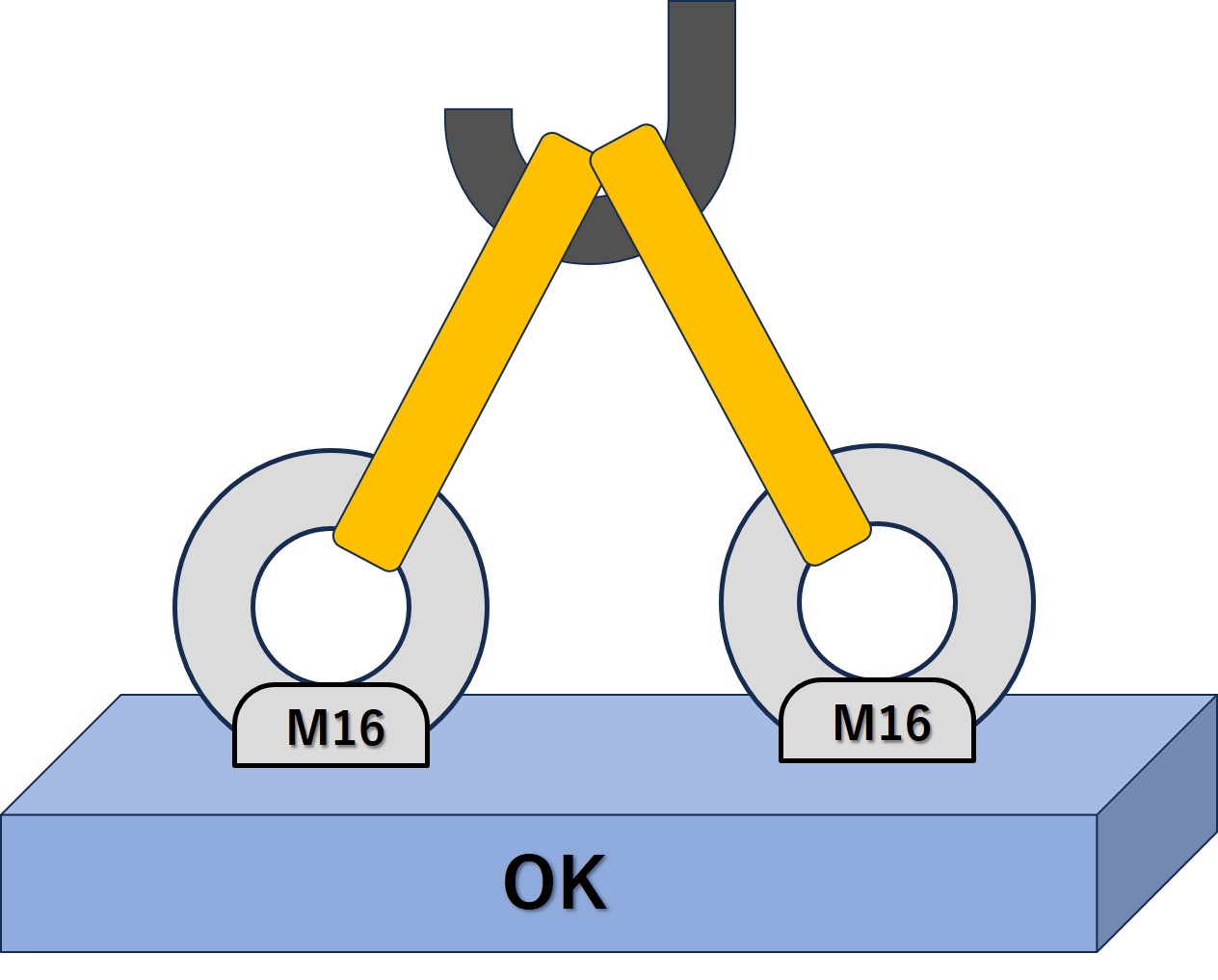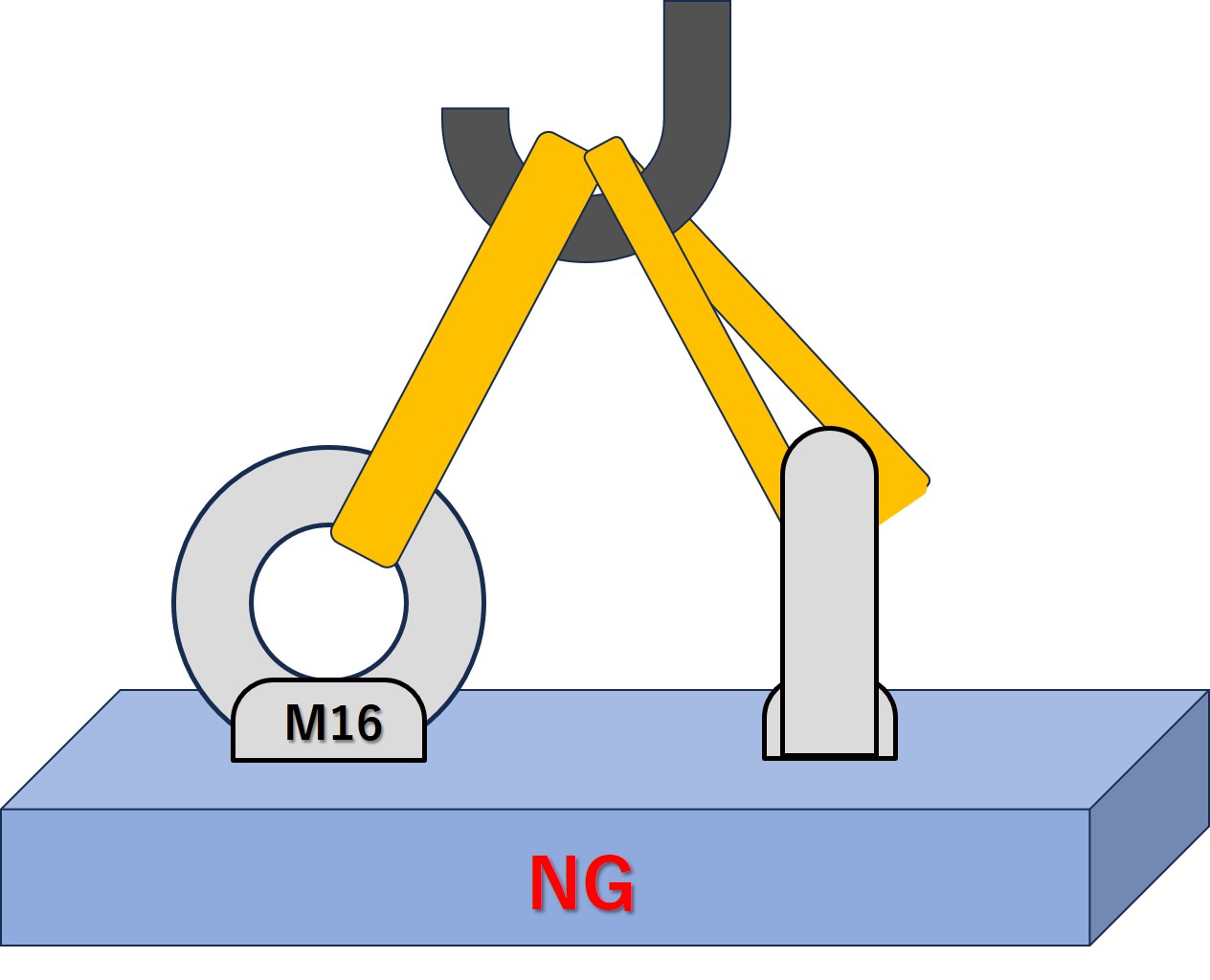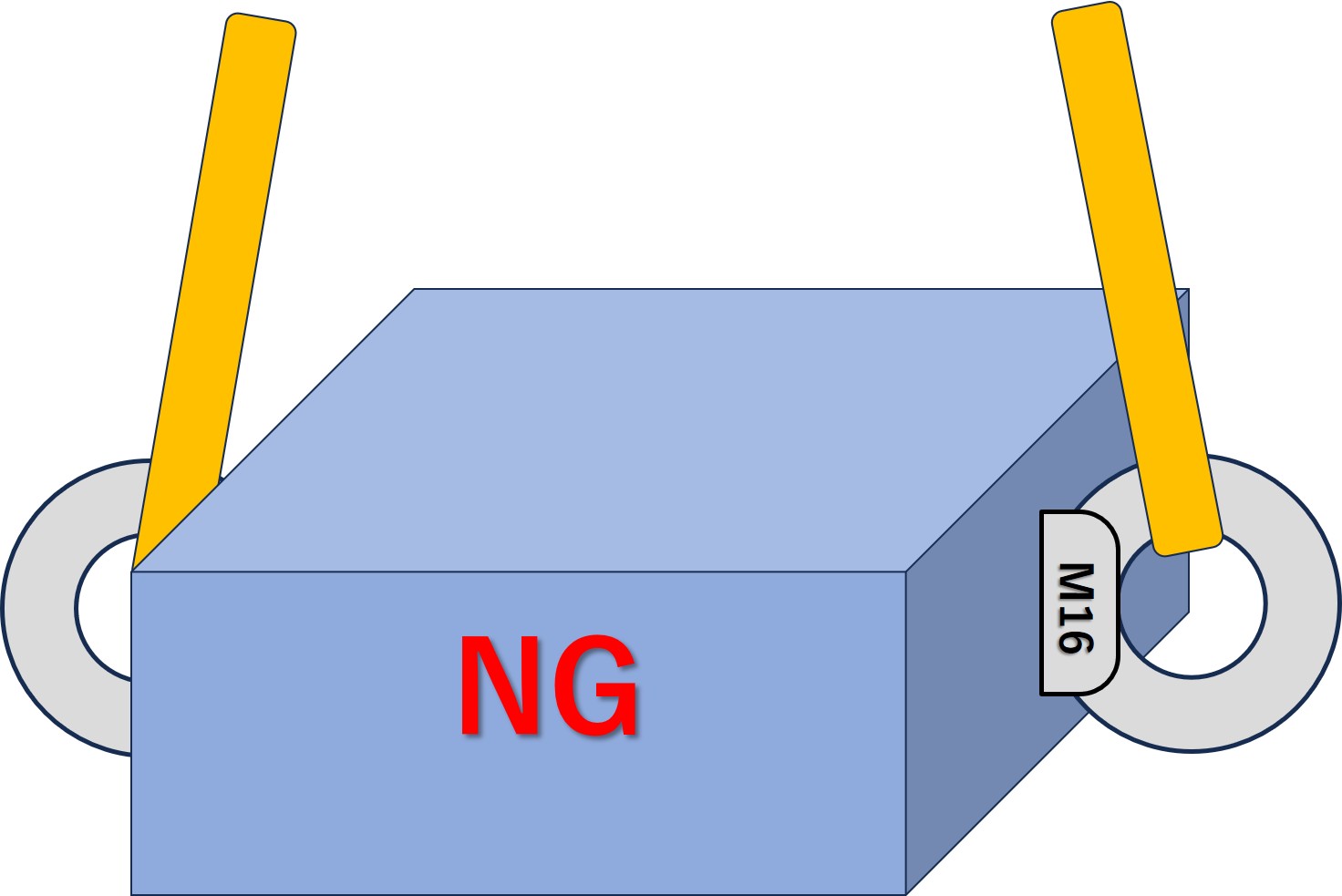Proper tightening of eye bolts
4069 Views |

Buenos dias everyone! This is Yamazato from Hanshin Neji in Mexico. It's already been seven months since I arrived in Mexico. I've been eating tacos every day, running around, visiting customers, and selling screws!

Today, I'd like to share something I learned about eye bolts, which are incredibly common in Mexico. I hope it will be of some help to you in your manufacturing efforts.
What's the correct way to tighten an eye bolt?!
A customer asked me the following question.
"I've always wondered, but is it okay to tighten an eye bolt firmly?"
As a screw maker, I'm embarrassed to say I couldn't answer. Eye bolts aren't used for fastening things like hex bolts; they're used to suspend molds and equipment. When using two eye bolts for suspension, they must be facing the same direction. This means that if you try to control the torque like with hex bolts, the eye bolts will point in all directions, so it's easy to imagine that the correct way to tighten them will be incorrect, but I couldn't answer the question: What's the correct way to tighten them?
So, I asked President Yamamoto of Shizuka Sangyo Co., Ltd., an eyebolt manufacturer. His answer:
1. Always tighten eyebolts by hand. Never use tools to force them.

2. Always make sure the eyebolt seat is in tight contact with the surface of the object.


3. The rings of both eyebolts must be facing in the same direction on the same plane. Either grind the seat to make them facing in the same direction, or adjust them using washers.


For more details, please refer to Shizuka Sangyo's website.
How to use Eyebolts properly SHIZUKA Industry website
Eyebolts are extremely important safety components!
After learning how to tighten eyebolts, I realized that eyebolts are extremely important safety components. They must never break and cause an accident. That's why there are established rules for handling them, and the materials and manufacturing methods are carefully designed.
For example, the purpose of ensuring that the seating surfaces are tightly fitted together is that even the slightest gap when attempting to lift the part could result in tilting forces being applied to the threads and recesses, potentially causing damage. The two bolts must be oriented in the same direction. If they're not, the bolts could rotate in a direction that loosens them during lifting. If they loosen, the same problem occurs as described above.
Also, horizontal lifting is prohibited. This is because eye bolts are designed to be pulled in the axial direction of the screw. If an eye bolt is attached to the side of a mold and hung, it will be pulled in the shear direction, potentially breaking with even a small load and leading to a serious accident. This is why it's prohibited.

Also surprising! About the material of eye bolts:
Eye bolts are generally made of ordinary steel, such as SS400. You might think that since we're hanging heavy objects, why not use alloy steel or carbon steel and harden it to make it stronger? However, that's actually a no-no.
The reason is so that you can visually check if the eye bolt is wearing down. If hardened steel were used, any wear would not be visible to the naked eye, and it could suddenly break, resulting in a major accident.
Shizuka Sangyo also makes high-strength eye bolts made from S45C steel, but this is why they are only annealed to adjust the structure, not hardened.
Thank you for reading this long article! If you have any questions about eye bolts or other screws, please feel free to contact us.



